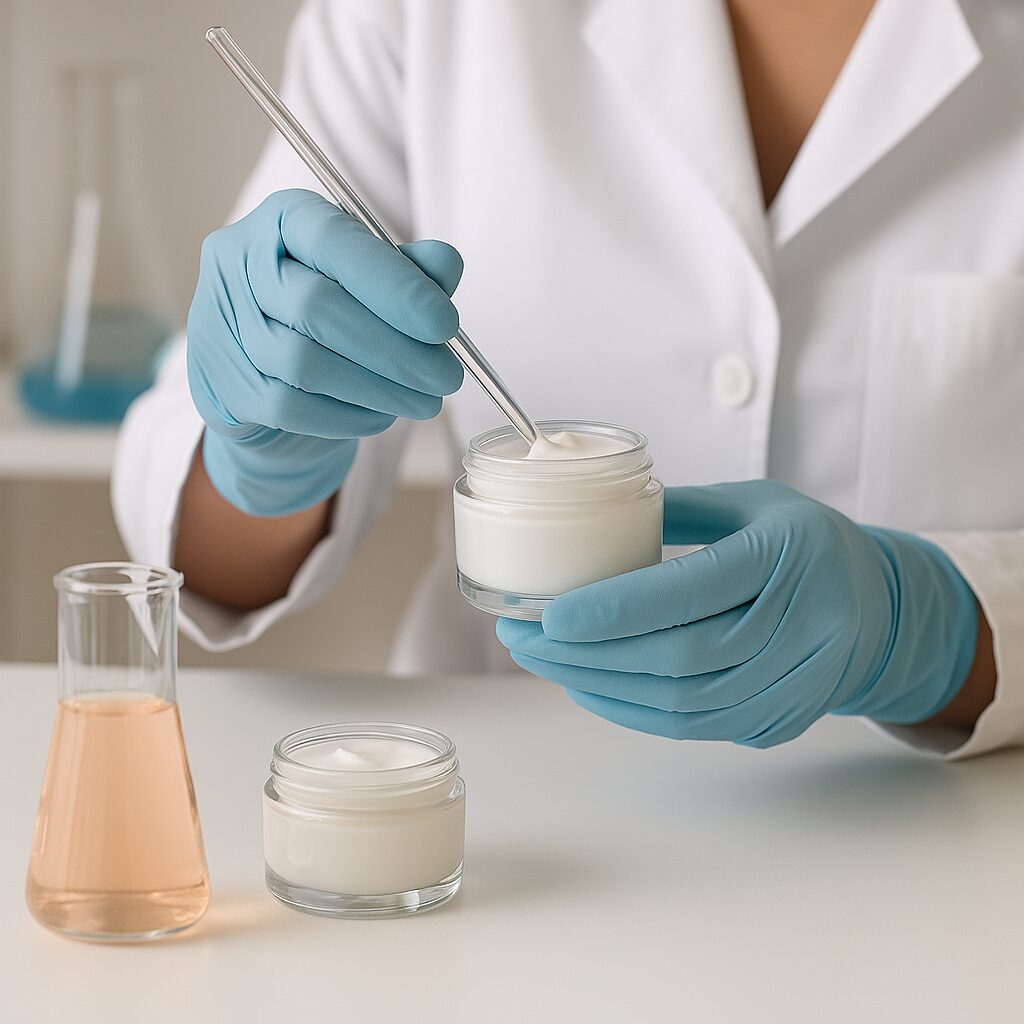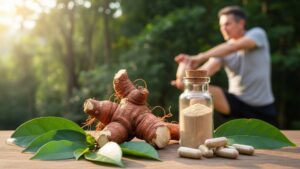Stability studies for cosmetics are more than just a regulatory checkbox—they are a cornerstone of product quality, safety, and brand credibility. With the beauty industry constantly evolving and consumer expectations higher than ever, brands must guarantee that their products maintain efficacy, appearance, and safety throughout their entire shelf life. Whether launching a skincare cream, lip balm, or foundation, conducting effective stability studies ensures your cosmetic formulations meet industry standards and customer expectations.
In this guide, we walk through the purpose, methodology, and best practices of cosmetic stability studies, with a focus on scientifically grounded protocols that support compliance and market success.
Why Conduct Stability Studies for Cosmetics?
Cosmetic products are exposed to varying conditions from the factory to the consumer’s shelf. Heat, humidity, light, and repeated handling can all impact a product’s texture, color, scent, and microbial integrity. Stability studies identify potential degradation pathways and validate the product’s shelf life under defined conditions.
Additionally, international regulations—while less rigorous than those for pharmaceuticals—still require cosmetic manufacturers to demonstrate product safety. In the EU, Regulation (EC) No. 1223/2009 mandates the inclusion of stability data in the Product Information File (PIF). Even in the U.S., where the FDA does not mandate pre-market approval, the agency expects manufacturers to substantiate shelf-life claims.
Core Elements of Cosmetic Stability Studies
A robust stability study evaluates three primary aspects:
1. Physical Stability
Cosmetic products must retain their appearance, texture, and consistency over time. Tests monitor:
- Color changes
- Phase separation
- Sedimentation
- Viscosity shifts
- Odor and fragrance degradation
These changes are assessed both visually and through instrumentation to determine whether the product remains aesthetically and functionally acceptable.
2. Chemical Stability
Chemical integrity is especially important for products containing active ingredients. Analytical methods such as pH testing, HPLC, and spectrophotometry are used to assess the degradation of actives, preservatives, and emulsifiers. For example, the loss of antioxidants like vitamin C or instability of retinol can compromise product performance and consumer safety.
3. Microbiological Stability
Products, particularly those in jars or with high water content, must resist microbial contamination. Tests include:
- Total Aerobic Microbial Count (TAMC)
- Total Yeast and Mold Count (TYMC)
- Challenge testing (preservative efficacy testing)
These help ensure the preservative system is sufficient to prevent contamination during shelf life.
For microbiological testing support, see our cosmetic microbiology services.
Recommended Testing Conditions and Time Points
The most common stability testing approach includes both real-time and accelerated testing:
- Real-Time: 25°C ± 2°C and 60% RH ± 5% for 6 to 12 months
- Accelerated: 40°C ± 2°C and 75% RH ± 5% for 3 to 6 months
- Refrigerated: 5°C ± 2°C (especially for temperature-sensitive products)
- Freeze-Thaw Cycles: 5 cycles between -10°C and +25°C
Evaluation intervals often occur at 0, 1, 3, and 6 months, and continue up to 12 or 24 months for long-term shelf-life claims. Photostability testing under ICH Q1B standards may also be incorporated to assess degradation under UV and visible light.
Packaging Compatibility Studies
A stability study must include the final retail packaging to assess interactions that could compromise product safety or performance. Packaging materials may leach into formulations or fail to protect them from moisture, light, or air. Testing helps determine if packaging maintains the barrier properties needed throughout shelf life.
Documentation for Regulatory Compliance
Even though cosmetic products are not always subjected to pre-market approval, regulators expect solid documentation. EU law, FDA expectations, and ISO 22716 (GMP for Cosmetics) all recommend retaining:
- Test protocols and raw data
- Batch information and formulations
- Environmental monitoring records
- Visual documentation (photographs of tested products)
A detailed final stability report should summarize all findings and justify the labeled expiration date.
Best Practices for Conducting Cosmetic Stability Studies
- Use production-scale batches in actual retail packaging.
- Select testing protocols based on intended distribution climate.
- Include both ambient and stress conditions.
- Monitor packaging, label integrity, and dispenser function.
- Validate analytical methods used for evaluation.
Partnering with an ISO 17025-accredited laboratory ensures your study meets global standards and inspires confidence in your quality assurance process. Learn more about Qalitex’s cosmetic testing services.
Global Considerations
Stability studies are vital for brands seeking global market access. The EU, ASEAN, Canada, and many other regions require formal evidence of cosmetic stability. Adopting principles from the ICH Q1A(R2) guideline, even when not mandatory, enhances scientific credibility and supports regulatory compliance.
Conclusion
Conducting stability studies for cosmetics is not just about ticking regulatory boxes—it’s about delivering a quality product that performs consistently and safely. By integrating physical, chemical, and microbiological evaluations into your product development process, you demonstrate a commitment to quality that builds consumer trust and brand longevity.
From sample preparation to data reporting, Qalitex supports you in designing and executing comprehensive stability studies tailored to your product type, formulation, and market goals. Connect with us for customized stability testing solutions aligned with global expectations.
FAQs About Stability Studies for Cosmetics
How long should cosmetic stability testing last?
Typically, cosmetic stability testing includes a minimum of 6 months of accelerated testing and up to 24 months of real-time testing, depending on product claims and market requirements.
Is stability testing mandatory for cosmetics?
In the EU and many global markets, it is required as part of the safety assessment. In the U.S., it is strongly recommended by the FDA to support shelf-life labeling and GMP compliance.
Can I conduct cosmetic stability testing in-house?
Yes, if you have proper lab facilities and environmental controls. However, third-party labs offer validated protocols, impartial data, and regulatory recognition.
Do I need to test every product?
Every unique formulation must be tested. However, bracketing or matrixing approaches may be used if justified scientifically.
What if my product fails a stability test?
Formulation or packaging adjustments may be needed. You should not market a product that fails to meet stability or safety expectations under intended conditions.
For scientifically sound, regulation-ready cosmetic stability studies, partner with Qalitex and gain the assurance your products are truly market-ready.
RELATED CONTENT





